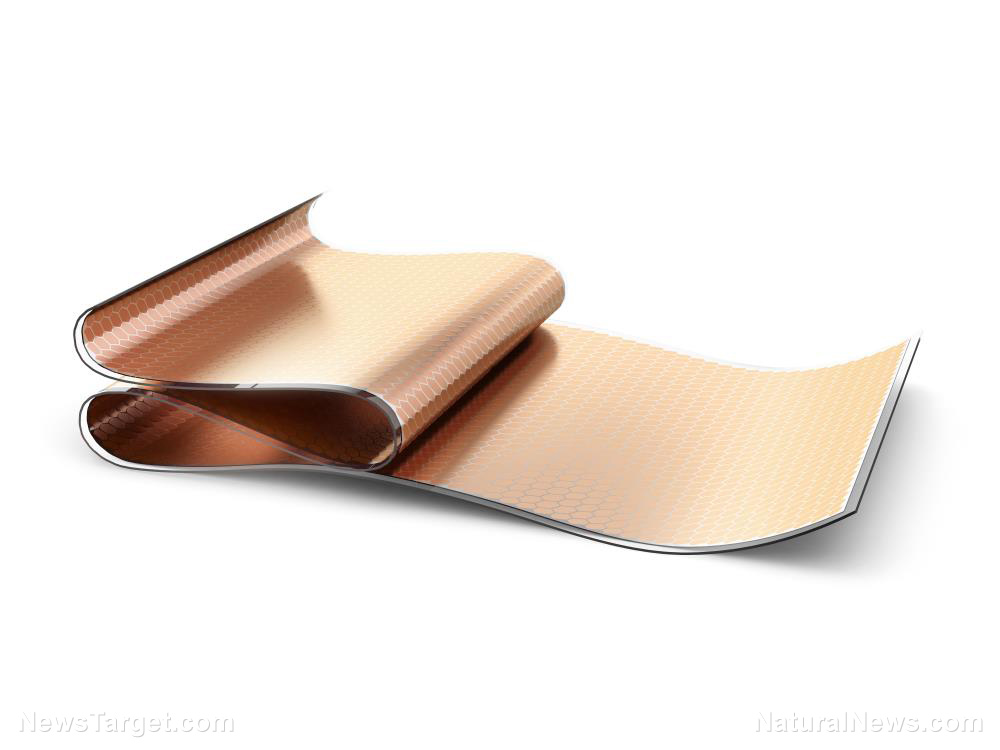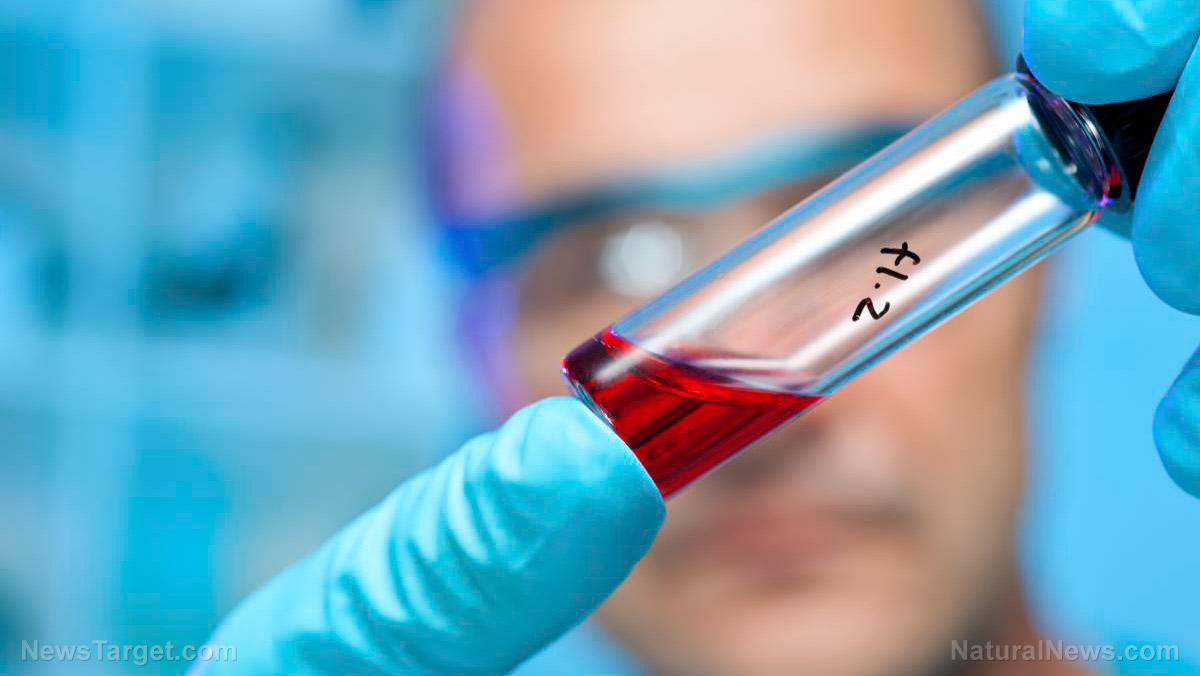Scientists create renewable, soy-based, non-toxic adhesive for use in food packaging
07/27/2019 / By Zoey Sky

Many cooking shows often feature intricately designed cakes that require incredible balancing and architectural skills. But the chefs who make these gravity-defying cakes need ingredients that will help the baked goods maintain their unique structures. The findings from a one-of-a-kind study might have the answer to their problems: a natural soy-based adhesive.
Researchers from Purdue University conducted the study, and the findings were published in the Journal of the American Chemical Society.
Maillard chemistry and the discovery of a non-toxic soy-based adhesive
Jonathan Wilker, a Purdue researcher who created the new soy-based adhesive, believes that his invention could help solve various food construction problems like baking towering wedding cakes or other baked goods with unconventional shapes. But he added that other experts would have to figure out how the natural adhesive will taste, especially if the unique glue is used in the future for food construction.
Wilker, who studies how marine animals like mussels and oysters create natural adhesives, explained that compared to most glues sold in hardware stores, these natural adhesives are non-toxic. Most of them even hold up underwater.
As Wilker was trying to recreate a new glue in his lab, he noticed something strange. He saw that things “were sticking when they shouldn’t have been,” and that that the components they were using, proteins and sugar, were “reacting and turning into an adhesive.”
What happened in Wilker’s lab is the essence of Maillard chemistry, often referred to as “cooking chemistry.” This unique reaction is mainly seen when you bake bread or grill steak: After some time, the edges start to brown and a savory aroma starts to fill the air.
Maillard chemistry involves the combination of sugars and proteins which produces aromatic compounds. Heat is often required to trigger this reaction, and the process may occur in various ways. The products of each reaction get involved in their own reactions, and they can release chemicals that people experience as flavors. Wilker noted that when foods brown, proteins and sugars are combining and creating aromatic compounds.
As sea creatures make their natural adhesives, they are also cross-linking proteins together. While marine animals use different chemistry, the idea is still similar and the cross-linking proteins still produce an adhesive.
Wilker acknowledged that the new soy-based adhesive doesn’t work as well underwater.
However, further study can make it a possible replacement for toxic glues used in plywood and chipboard, especially since these adhesives are usually made with formaldehyde. Carcinogenic chemicals are emitted from furniture made with these toxic glues, and this adds to formaldehyde levels in homes.
The non-toxic glues can also be used in packaging for organic-certified food products since they are, in theory, edible. But continued study will be required to make them palatable. (Related: Food packaging of the future: Intelligent packaging changes color to indicate food spoilage.)
He added that food packaging for these items often uses typical petroleum-based adhesives, which can “leach out toxins.”
Unlike petroleum-based adhesives, this natural glue is made from soy, which can be grown sustainably. Petroleum is derived from crude oil, which requires processing in a refinery to separate different parts of the crude oil into usable petroleum products. These petroleum products include adhesives, gasoline, jet fuel, petrochemical feedstocks, and waxes.
Even though this new adhesive is made from food components, it’s even stronger than super glue on wood. The non-toxic adhesive also works similarly on aluminum. The researchers tested the strength of the adhesive by gluing two pieces of wood or aluminum together. The far ends of the material have a hole for a pin, and a machine is used to pull them in opposite directions to test their strength. The soy-based adhesive was so strong on wood that the pin ripped tore a hole through the material.
Wilker concluded that the soy-based adhesive must be cheap, high-performance, and made of materials that are available on large scales to “break into the adhesive market.” The research team believes that the non-toxic glue they developed could meet these requirements while also being made from renewable materials.
More on Maillard chemistry
Also called the Maillard reaction, this chemical reaction occurs between an amino acid and a reducing sugar. It typically requires the addition of heat. Maillard chemistry is named after Louis-Camille Maillard, a chemist who investigated the reaction in the 1910s.
Like caramelization, Maillard chemistry is a form of non-enzymatic browning. The process creates hundreds of different flavor compounds. These compounds then break down to form more new flavor compounds.
Products with Maillard reactions
Maillard chemistry produces the colors and flavors of the following foods:
- The browning of toasted bread
- Caramel made with milk and sugar
- The color of beverages like beer, chocolate, coffee, and maple syrup
- The color of dried or condensed milk
- The flavor of roast meat
Various types of food have a very distinctive set of flavor compounds that form during the Maillard reaction. Flavor scientists use these same compounds to develop artificial flavors.
Sources include:
Tagged Under: adhesives, cooking chemistry, food packaging, food safety, food science, future tech, intelligent packaging, Maillard chemistry, new technology, non-toxic adhesive, organic food packaging, organic-certified food products, soy-based adhesive, specialty food items, technology
RECENT NEWS & ARTICLES
COPYRIGHT © 2017 INVENTIONS NEWS


















